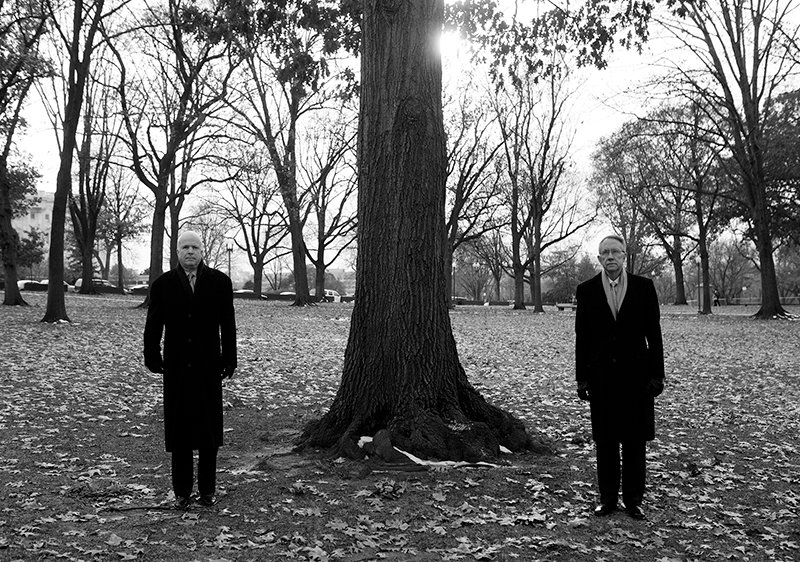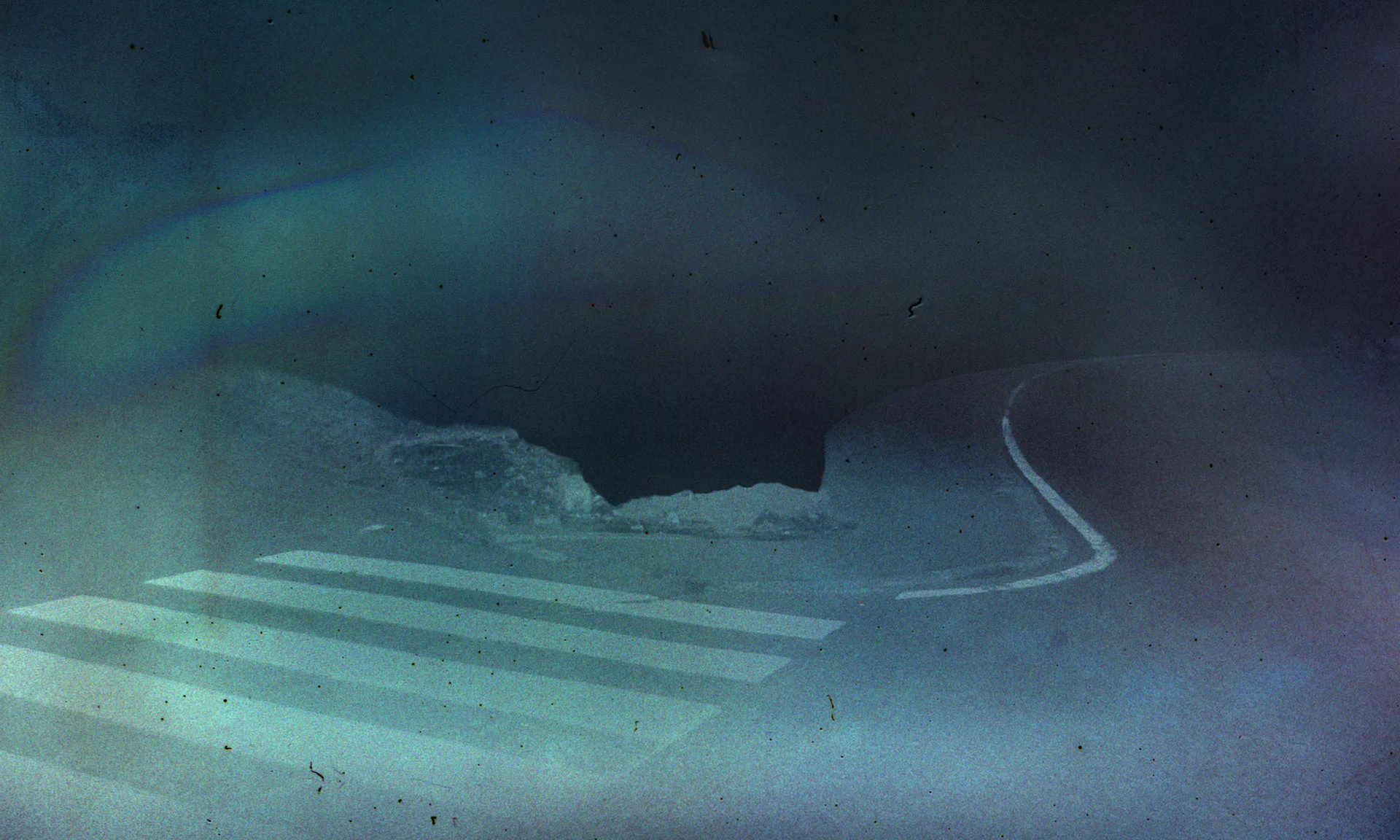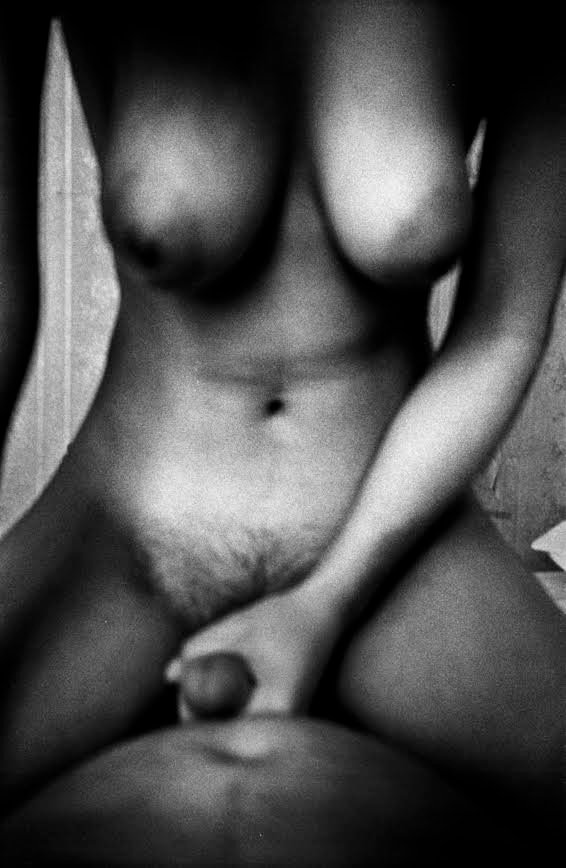‘Young Chechen, Orphan boy on Ulikemia street (Street of Peace) in downtown Grozny, 1996’
U.S.A. –
Christopher Morris is an American photojournalist who has managed to fit documenting war, politics and fashion within his journey as a photographer. Morris is among the founding members of the VII Photo Agency. Christopher Morris in conversation with Emaho about his work as a photojournalist spanning over three different fields, his monograph ‘My America’, and the experience of having documented conflict –
Manik : How did photography happen for you? Tell us a little about the transition from conflict to political and then fashion photography.
I fell in love as a child with the art of photography, realising at an early age that carrying a camera gave you permission to be pretty much anywhere you wanted to be. Originally my career was focused mainly on covering world news, which was primarily conflict photography. There was something dark and exciting for me about attempting to capture on film the act of men trying to kill other men. For me at the time it was the purest form of photography; the most exhilarating form of photography available, with the highest risk.
The transition to political photography came about by coming to the realisation that the above statements were completely selfish and immature. Having a child forced me to grow up and find another type of photography, which led me to politics where I was assigned for nine years to cover the White House for Time magazine. This is where my photography changed, everything about documenting a President on a daily basis, became very rigid and structured. Hence it was appropriate for me that my photography started to mimic this rigid, structured environment. From this I produced my first book “My America” by Steidl in 2006.
The book came to the attention of the Editor in chief and Director of Photography at the Italian fashion magazine AMICA. They first assigned me to photograph the mannequins in the Ralph Lauren store inNew York City. For in my book “My America” my subjects looked like mannequins. Eventually they let me step up to start using real models. This is where the initial transition the fashion world started)

‘Chechen fighter flees the presidential palace’
Manik : You spent 20 years documenting conflict in over 18 countries that include Yugoslavia, Panama and Afghanistan. What was your first project in the field?
My first attempt at conflict was in 1983 when I went to thePhilippinesand attempting to document the ongoing insurgency against the Marcos regime.

‘Ilaria Pozzi, from a personal project,titled Monastery Girl Italy 2011’
Manik : What happened in Chechnya that mad you change assignments to one with TIME, covering the Bush administration.
Was in 2000 outside Grozny with Chechen fighters I was with came under assault by Russian forces across the river. Shells started landing on our position. I was attempting to photograph a fighter lying on his stomach in trench with the impacts of the shells landing near by. When I had a crystal awakening of the stupidity of what I was doing. Here was an another idiot with a gun, that I was trying to photograph. That was quite possibly going to get me killed or maimed. With the vision in my mind of my 2 year old daughter at home whom I rarely had seen nor even photographed. This was the crystal clear moment that made me disengage from this type of photography as a profession.

‘Carmen Jalving wearing 2011 Cavalli Canes collection. South of France. For AMICA Italy’
Manik : You’ve documented both President Bush and President Obama. How have your experienced differed?
With Bush it was for eight years, with numerous behind the scenes moments with him, which enabled me to receive a truer insight of who he was as a man. With Obama I’ve not had the extended opportunity of this kind of long term access. One thing is clear though, the office of the U.S. Presidency does not really change in how things are structured for dealing with how photographers are given access.

‘Carmen Jalving wearing the Louis Vuitton spring collection. At the Musee de l’Air et de l’Espace in Paris ‘Le Bourget Airport. 2010. For AMICA Italy’
Manik : What makes your monograph “My America” a personal journey into a Republican America?
This is simple for the years covering the Republican White House, The Bush years, meant that I would be constantly surrounded by his staff and supporters, rarely venturing outside this Republican bubble. Even in my off months, my home is inTampa,Floridawhich is in a very Republican community. So not even in my home life could I escape. Hence the book title was obvious for me “My America”.

‘Mark Stoermer, left, Brandon Flowers, second left, Ronnie Vannucci Jr., second right, and Dave Keuning of “The Killers,” 30 miles outside Las Vegas, Nev., Oct. 18, 2008. The Killers have quickly risen to the ranks of international stardom. Debuting with their popular freshman album, Hot Fuss, The Killers have sold more than 12 million copies to date’
Manik : Why didn’t you add captions to the images in “My America”?
I’m not fond of captions for I feel they tell the viewer what to think, they for me cause a visual and mental distraction. For me I want the viewer to absorb the images on their own. Without words forming the viewers’ thoughts. The place and date are enough for me.

‘Model wearing Ricardo Tisci designs for Givenchy Haute Couture Spring/Summer 2012. For Le Monde, France’
Manik : Which of your projects has been hardest for you?
Actually surprisingly enough, the fashion editorials are the most challenging for me as they go against my journalistic background. Everything must be staged and created, which is the complete opposite for documentary work. Plus so many things can go wrong. If the makeup or hair is bad, if the clothes are not styled properly, if the model is bad, if lighting or location are not right; just one thing off can destroy the whole project.
As for most challenging with the conflict photography, everything is a challenge. The one thing I only did once and promised myself never to do it again, was famine. DuringSomaliain 1992 was the first and last time I would do that. I could not handle starving, dying children clinging to my leg, not letting go, staring into my eyes, with my job requiring me to point a camera at them. It was a totally gutting experience that I never want to repeat.

‘North Korean soldiers attending an exhibition of ‘kimilsungia’ and ‘kimjongilia’ flowers in the North Korean capital Pyongyang, Oct. 12, 2005. The flowers are bred in honor of the late President, Kim Il Sung, and his son and current ruler, Kim Jong Il’

“The Three Amigos” U.S. Vice President Dick Cheney and Secretary of Defense Donald Rumsfeld, U.S. President George W. Bush,
Manik : What are your classes about?
I don’t teach in a college, but I do mainly private workshops, around three a year. I really don’t teach about doing conflict photography, which is something that, yes, I could offer very helpful guidance from my years of experience. My classes are mainly about helping photographers find a vision and style that would be unique to them; helping them learning to see.

‘ Heidi Herrington, wearing Prada at the American, Republican Convention in Tampa, Florida. 2012. For L’ Officiel, Paris’
Manik : Do you still shoot on film?
No, my film days are very rare. Digital has made me a better photographer, it has allowed me to experiment and find my vision. With film I would never see my work; maybe six months later. This I do not miss. What I miss from film is B&W tri-x and contact sheets. This is all.

‘U.S. President Barack Obama takes a break, while working on his State of the Union speech, in the Oval Office at the White House.
Manik : What projects are you currently working on?
I just finished my second book with Steidl, a follow up book to “My America”, titled “Americans”. Right now this week covering theUSelections for TIME.
Photography Interviewed by: Manik Katyal and Marukh Budhraja
Pictures by: Christopher Morris















